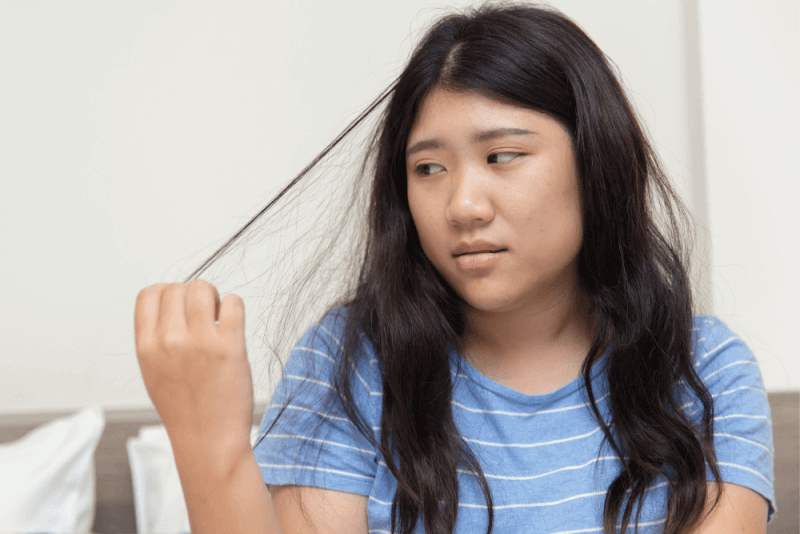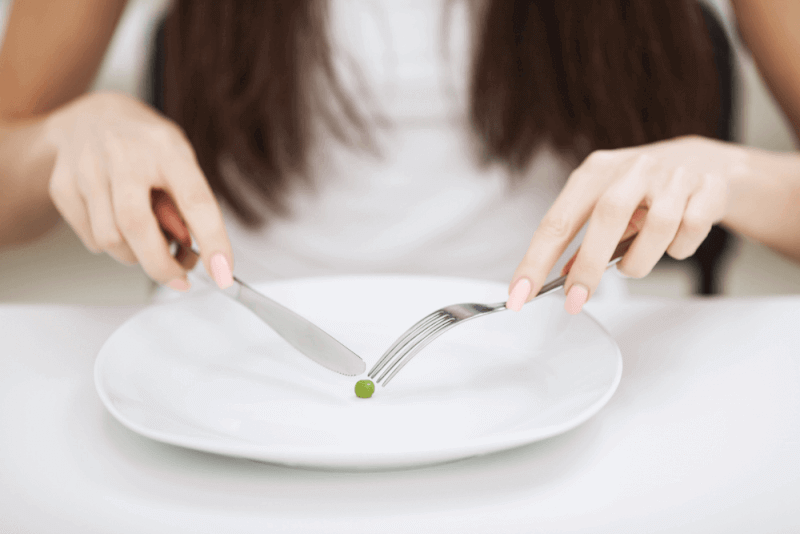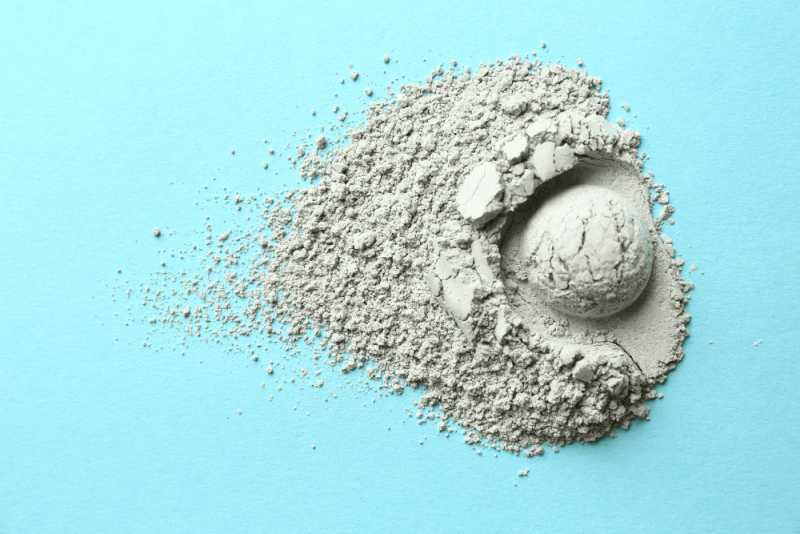What is trichotillomania (hair plucking disorder)?
People with trichotillomania have an obsessive desire to pluck their scalp, eyebrows, eyelashes, arms or pubic area. Also known colloquially as hair plucking disease, it is a mental health problem that can often begin in childhood or adolescence.
Trichotillomania is divided into two types: automatic and focused detachment. In automatic detachment, the person may not realize they are doing it until the behavior is over. For example, while watching TV, she might unknowingly pull her hair out and throw it on the floor, only to realize it when she stands up. In focused plucking, there is a deliberate behavior. Consciously plucked hair makes a person feel good and often occurs in times of stress.
Trichotillomania is one of the obsessive-compulsive disorders that describe repetitive thoughts and behaviors that can interrupt daily life. Women are more likely to suffer from hair plucking than men. Hair plucking can last for several months or years and without treatment the disease can progress to advanced stages.
Diagnostic Criteria for Trichotillomania (Hair Plucking Disorder)
The diagnosis of trichotillomania is based on physical examination and psychiatric evaluation by a psychiatrist or psychologist. Physical examination includes the following:
- Observation of the hair or different plucked areas
- If there is a behavior of pulling and swallowing hair, check for a mass in the abdomen
- The hair pull test determines how easily the hair is pulled away from the scalp
- A biopsy is taken from the plucked area to determine if there is nothing medically different.
- Hair and scalp are visualized and examined with a dermatoscope.
Symptoms of Trichotillomania (Hair Plucking Disorder)
The defining symptom of hair plucking disease was hair loss as a result of repeated plucking. Other symptoms of trichotillomania are as follows:
- Feeling tense before plucking or when trying to resist the sensation of hair pulling
- Feeling satisfied and satisfied after engaging in hair plucking behavior
- Problems in social and professional life due to hair plucking
- Hair plucking areas remain open
- Examining the root of the plucked hair, twisting the hair in the hand, pulling the hair between the teeth, eating the hair and chewing the hair
- Intestinal obstruction and constipation due to eating hair
- Plucking hair in a specific area
- Sadness, depression, anxiety and other self-destructive behaviors are observed.
Causes of Trichotillomania (Hair Plucking Disorder)
Although the exact cause of trichotillomania is not known, it is thought to result from a combination of genetic and environmental factors. Some of the causes of hair plucking are as follows:
- Family history: Having a relative with trichotillomania increases the likelihood of developing the disease.
- Genetics: Variants of the SAPAP3 gene may be related to hair plucking and other compulsive behavioral disorders.
- Age: Trichotillomania often occurs before and during puberty. It can develop between the ages of 10-13 and can last a lifetime if left untreated.
- Changes in the brain: Brain imaging of patients with trichotillomania has shown brain changes associated with this disorder.
- Mental health problems: Hair plucking has been studied in combination with other problems such as depression, anxiety or obsessive-compulsive disorder.
- Conditions such as severe stress, anger and sadness trigger trichotillomania.
Trichotillomania (Hair Plucking Disease) Treatment Methods
The treatment of hair plucking is usually a combination of therapy and medication.
Trichotillomania (Hair Plucking Disease) Drug Treatment
- Antidepressants : Selective serotonin reuptake inhibitors (SSRIs) and tricyclic antidepressants can help reduce the urge to pluck hair. It is useful if the underlying causes are depression and anxiety.
- Antipsychotics Drugs that help balance brain chemistry are used to treat hair plucking, an obsessive-compulsive behavior.
- Anticonvulsants: These medications are generally known to treat seizures and other disorders that affect muscle movements, but can also be used in trichotillomania.
- Nutraceuticals: Dietary supplements used as an aid in the treatment of medical conditions.
Trichotillomancy (Hair Plucking Disease) Psychotherapy
In psychotherapy, hair plucking can be solved with more than one method. By applying acceptance and commitment therapy, the person can be made to accept the harms of the impulse to pluck hair as a thought and be distracted from the behavior.
The habit can be reversed by practicing clenched fists, snapping fingers, or other less damaging behaviors when the feeling of hair pulling occurs. Through cognitive therapy, the beliefs that lead to hair plucking are discovered and support is provided to change them.
What are the Characteristics of Individuals with Trichotillomania?
Trichotillomania affects the individual both physically and emotionally. As the disease progresses, people with hair plucking become withdrawn and their social identity can be severely impaired. They may show characteristics such as avoiding contact with people, not going out, having problems at work or depression.
Damage to the skin and hair can occur due to constant hair plucking behavior. Scarring may occur and hair growth may be affected in the long term. When there is a problem of swallowing hair along with hair plucking, the person's gastrointestinal system is also damaged and symptoms such as constipation, intestinal obstruction and weight loss may occur.








